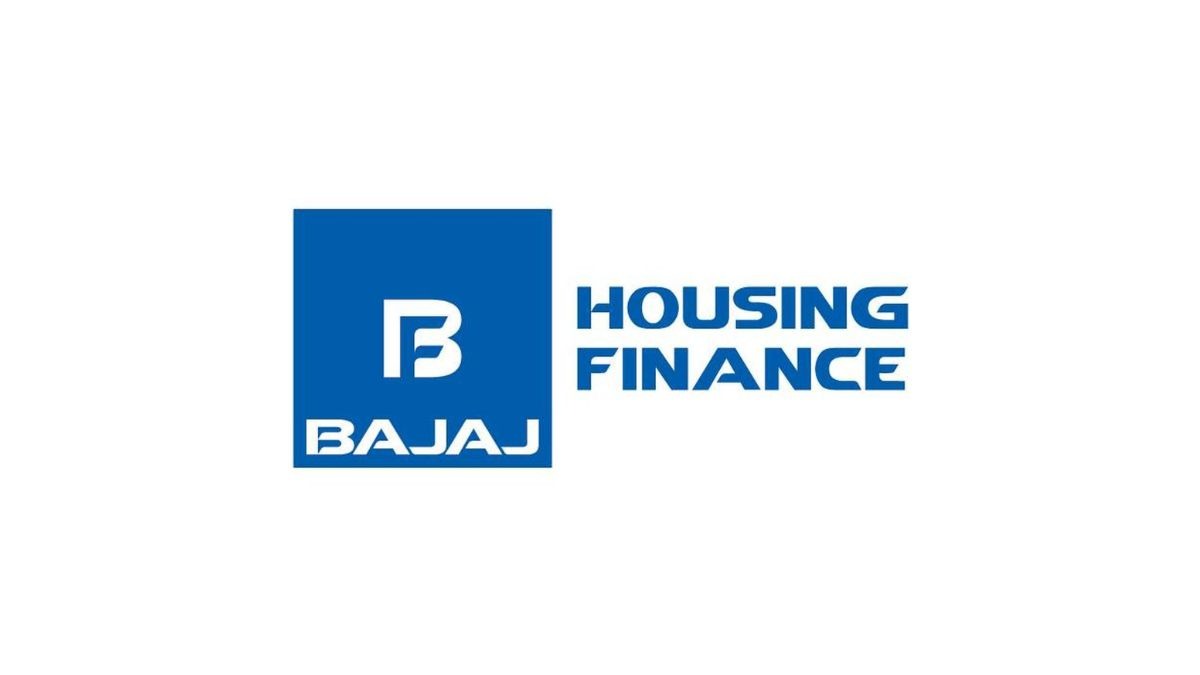HSBC has initiated a “Reduce” rating for Bajaj Housing Finance Limited (BAJAJHFL) with a target price of ₹110 per share. This target price reflects a 27% potential downside from the current market price and is based on 4x FY26 estimated price-to-book (PB) value. The assessment is derived from the steep expectations implied by the company’s valuation of 5.5x FY26e PB and 44x FY26e price-to-earnings (PE).
Valuation and Growth Overview
Bajaj Housing Finance, one of India’s leading and fastest-growing housing finance companies, has shown robust AUM (Assets Under Management) growth of 34% CAGR over FY21-24, reaching ₹971 billion. This growth is driven by the company’s strong presence in both the home loan (HL) and non-home loan (non-HL) segments. However, HSBC expects a slowdown in AUM growth to around 26% CAGR over FY24-27e, considering that the non-HL segment growth will likely converge with the HL growth rates.
Concerns on ROA and Earnings
The company currently enjoys a Return on Assets (ROA) of 2.4% (as of FY24) due to an optimized AUM mix, operational efficiency, and low credit costs. However, HSBC anticipates potential pressures on ROA, including margin compression, normalization of credit costs, and limitations on operating leverage. The expected outcome is a compression in ROA, resulting in a projected Earnings Per Share (EPS) growth of approximately 17% over FY24-27e, which is significantly lower than the 41% EPS growth recorded over FY21-24.
Market Valuation and Competitive Landscape
The market has been valuing BAJAJHFL highly due to its growth in AUM and diversified loan mix. However, HSBC believes that the current valuation is optimistic, given the likely moderation in AUM growth and increased competition from other non-banking financial companies (NBFCs) that offer better ROE and stability at a discounted valuation.
The target price of ₹110 per share represents a 27% downside based on the Gordon Growth Model, which suggests an implied 10% long-term growth and a projected ROE of 14.6%. HSBC cautions that the current risk-to-reward ratio for BAJAJHFL is not favorable and advises a “Reduce” rating.
Key Risks to the Valuation
HSBC does outline some potential upside risks that could alter the current outlook. These include a more favorable cost of funds leading to less margin compression, improved operating leverage, and sustained AUM growth of around 30% year-on-year. Additionally, if the competitive landscape changes, leading to less intensity from banks and peers, this could provide support to BAJAJHFL’s valuation multiple.


